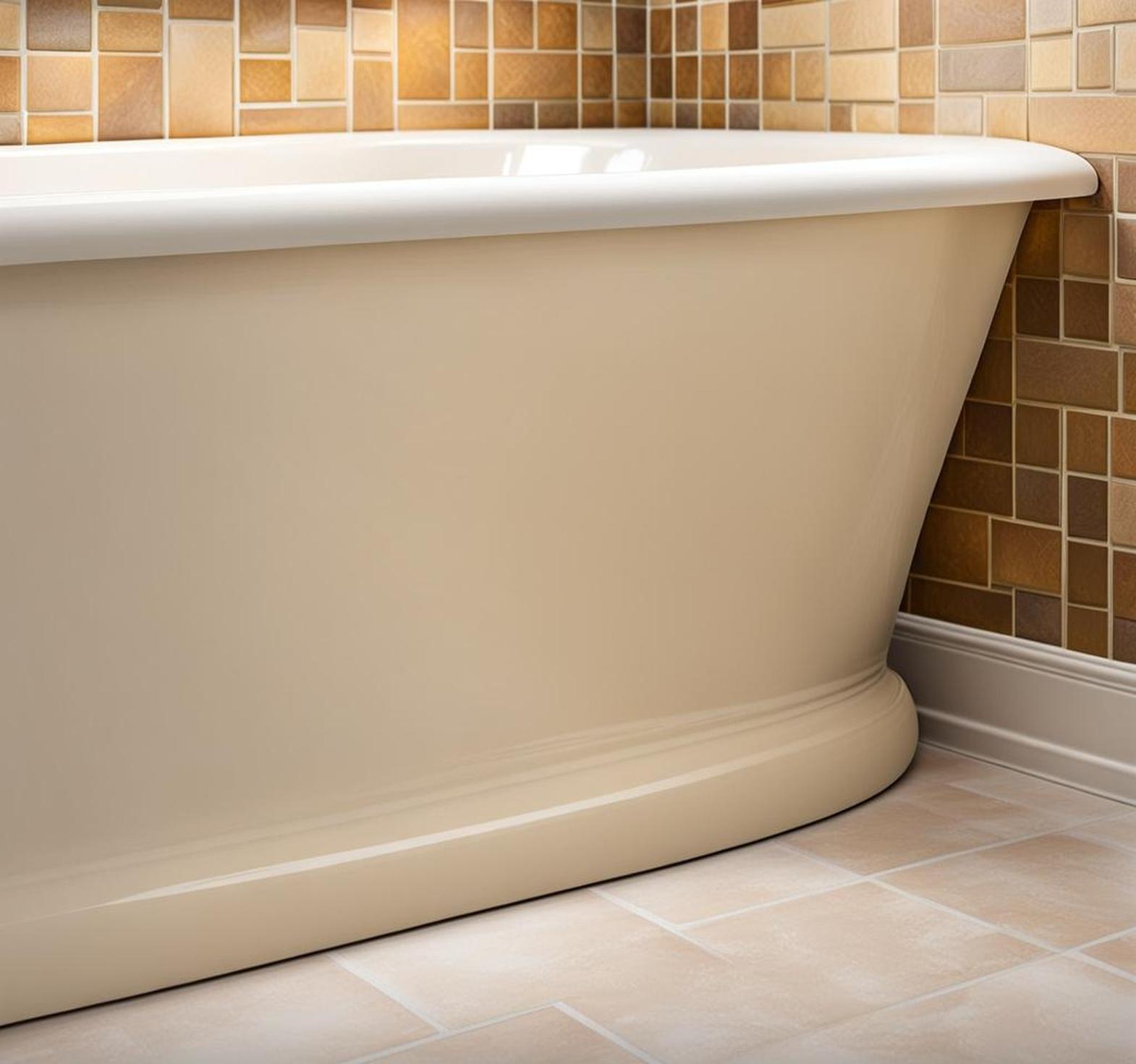Mold is a common and frustrating problem in bathrooms. The warm, humid environment is a breeding ground for mold spores that can take hold and spread quickly across tile, grout, and other surfaces.
Left unchecked, mold infestations create health hazards ranging from allergy symptoms to serious respiratory issues. Getting on top of the problem early by caulking with antimicrobial sealants can prevent toxic bathroom mold in its tracks.
Why Bathrooms Are Prone to Mold Outbreaks
It’s the perfect storm for mold in most bathrooms – plenty of damp surfaces, limited ventilation, and constant moisture. Areas where tile meets tub surrounds, showers stall floors, sinks, and along the drywall are typical problem spots.
As bathroom surfaces get wet from splashes and steam during showering, condensation lingers allowing mold colonies to thrive. Caulking these joints with a flexible, waterproof silicone or acrylic formula is key to stopping moisture penetration.
Health Risks of Toxic Mold Exposure
Inhaling or touching mold spores can cause allergic reactions, asthma attacks, respiratory infections and persistent coughs. Mold also produces mycotoxins that have neurotoxic, cancer-causing, and inflammatory effects on the body.

For vulnerable populations like young children and the elderly, the health implications are even more severe. Ridding bathrooms of the harmful pollutants is critical.
Choosing the Best Caulk for Mold Prevention
With so many caulk types available from latex and acrylic to silicone and polyurethane, it can get confusing. The key is finding one with long-lasting mold and mildew resistance built right in.
Key Features of Antimicrobial Bathroom Caulk
The ideal caulk contains Biocides or antimicrobial ingredients to actively prevent the growth of mold, mildew, fungi and bacteria. Added flexibility allows it to expand and contract with normal structural movements.
100% waterproofing is also a must. Advanced adhesion properties keep the caulk firmly in place without splitting or cracking under wet conditions. With ingredients to kill microbes, block moisture, and stick tightly, nasty mold doesn’t stand a chance.
Applying Antimicrobial Caulk in Bathrooms
With the right caulk selected, proper technique is vital for smooth, long-lasting results:
- Thoroughly clean all application areas with rubbing alcohol
- Run a steady continuous bead from the caulk gun, holding at a 45deg angle
- Tool gently with a finger or plastic spatula to flatten the bead
- Make sure caulk fully sets for 24-48 hours before water exposure
Take care not to stretch or pull at the caulk while smoothing. For easier application, choose caulks with faster surface skinning like Protective Sealant’s CleanSeal.
Getting Professional-Looking Results
Applying caulk neatly takes a little practice. Remember to go slow and steady. If the caulk bead looks uneven, gently smooth with a dampened finger or tool before it skins over.
Inside corners can be tricky. Fold a plastic bag over your finger and run the corner seam first, then follow with a second smooth pass. Perfect looking caulk lines will keep your bathroom looking neat.
Caulking Bathroom Mold Hot Spots
Be systematic when sealing a bathroom to prevent mold intrusions. Carefully caulk along tubs, showers, sinks, windows and piping where water can penetrate joints:
- Tub & Shower Surrounds – Where bottom edges meet walls/floors
- Sink Backsplashes – Along countertop seams and edges
- Drywall Seams – At wall-to-wall and wall-to-ceiling joints
- Windows & Doors – Around trim and tracks
- Plumbing Fixtures – Behind or below pipes and drains
Checking Caulked Areas Yearly
Inspect existing caulk beads annually before mold takes hold. Look for openings wider than 1/16″ where water can seep through. Recaulk as needed to maintain airtight seals.
Repair gaps right away to keep bathrooms free of mold and other allergens. Catching minor caulk deteriorations quickly prevents major mold headaches.
Maintaining Caulked Joints Long-Term
The average bathroom caulk lasts 1-5 years with proper care. Follow manufacturer guidelines on maximum allowed stretching and cleaning methods to avoid damage:
- Gently wipe caulk lines when cleaning vs harsh scrubbing
- Use mild non-bleach cleaners and non-abrasive sponges
- Avoid pulling or picking at caulk with fingernails or tools
Harsh chemicals and constant moisture exposure wears caulk down prematurely. But with careful treatment, quality mold-resistant caulk keeps bathrooms fresh for years before needing replacements.
Re-Caulking at First Sign of Mold Growth
If black mold spots appear along caulk despite antimicrobial properties, don’t delay repairs. Remove affected caulk completely with a utility knife. Kill and remove remaining mold with bleach solution before resealing.
Left too long, mold roots will dig deeper past caulk making removal much harder. Getting ahead of new outbreaks preserves surfaces and indoor air quality.
While caulking is crucial for sealing out moisture, a few extra precautions will help keep bathrooms mold-free:
- Open windows to ventilate steam and humidity
- Leave bathroom fans running for 45 mins after showering
- Use daily sprays containing chlorine bleach
- Immediately dry wet surfaces with a towel
Proper moisture control and cleaning with mold killing products prevents spores from getting established. Combined with high-quality antimicrobial caulk, bathrooms stay fresh and healthy for all.
